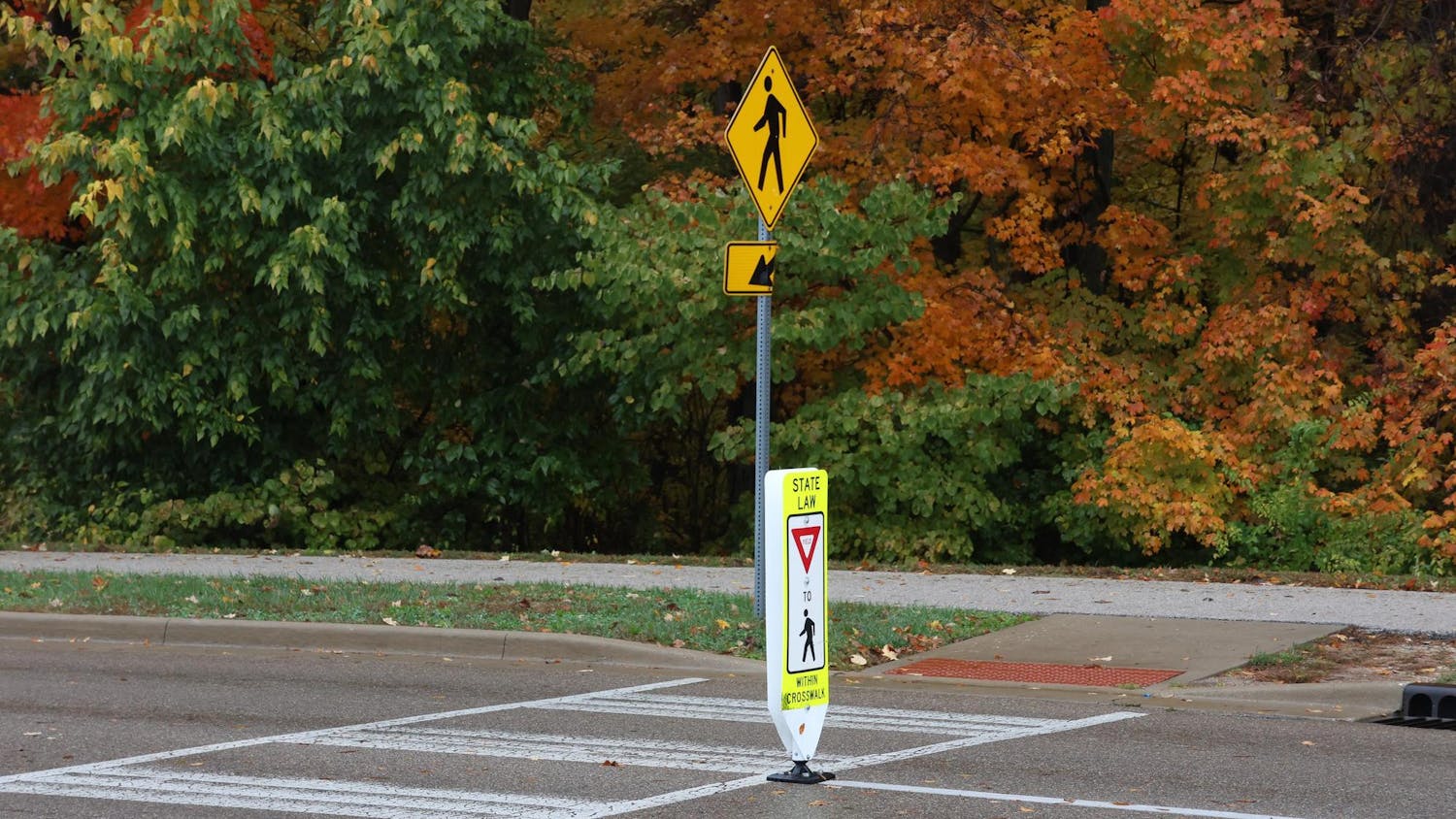It was 7 a.m. last Wednesday when my roommate and I were finally able to get into our apartment after being locked out the night before. As we left our friend’s house to walk home, we were greeted by a dazzling red-orange sky.
Having not listened to the news, we thought that perhaps we were just never awake to see the sky at this early morning hour.
Two hours later, after still not listening to the news, we walked to campus, trekking against intense winds that we had not felt during our short walk home earlier that morning. Living beachside in Australia, I am used to a windy climate, but these winds were ridiculously stronger than anything I had felt before.
The town was almost empty, a significant change from having to weave through crowds on the sidewalk, and the radiant red sky was now extremely dark. The winds howled, and I put my sunglasses on in the gloomy morning to stop what I thought was sand from rushing into my eyes.
I noticed a few people wearing surgical masks.
What was going on?
Then I saw it: a sign on my favorite clothing store that read “Closed due to dust storm.” It was almost funny because coming from the East Coast in the States, stores only close for snowstorms.
But as we got to campus, I realized that almost everyone was wearing a surgical mask, and it seemed like a serious matter.
While news about the Sydney dust storm that occurred on Sept. 23 reached all the way back to America, it mostly reported that about 5 million tons of dust was blown across New South Wales, Australia’s southeastern state.
People most likely learned that it was the worst dust storm Australia had experienced in 70 years, and maybe even that the air quality was rendered to be twenty times the “hazardous” level.
But what most people did not learn about is the harmful bacteria and viruses that travel in dust.
Contrary to the belief that diseases are spread by people and animals, recent research suggests that dust clouds may be carriers of influenza and SARS.
The number of dust storms in Australia is rapidly increasing because of intense drought, and while this storm was big enough to make international news, Australia’s interior has been suffering from smaller dust storms on an almost daily basis.
The dust can act like acid rain by encroaching deep into the human body, and if there is bacteria in the dust, it is almost impossible to avoid upon contact. A dust storm has the potential to transport dust all around the world, facilitating the transfer of diseases to other continents.
A dust storm warning system is in the making for Australia and 40 other countries that experience these potentially dangerous dust storms. Maybe next time I’ll stay inside like the rest of my city, and I’ll definitely know that a thick red blanket covering the sky is a lot more than just an Australian sunrise.
Dusty red blanket
Get stories like this in your inbox
Subscribe



